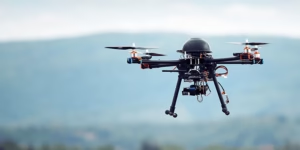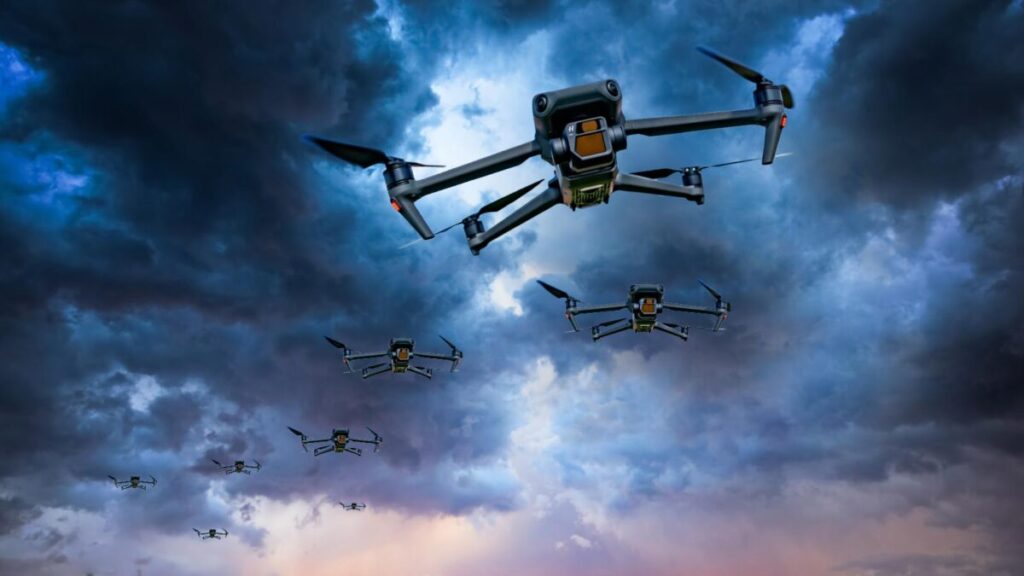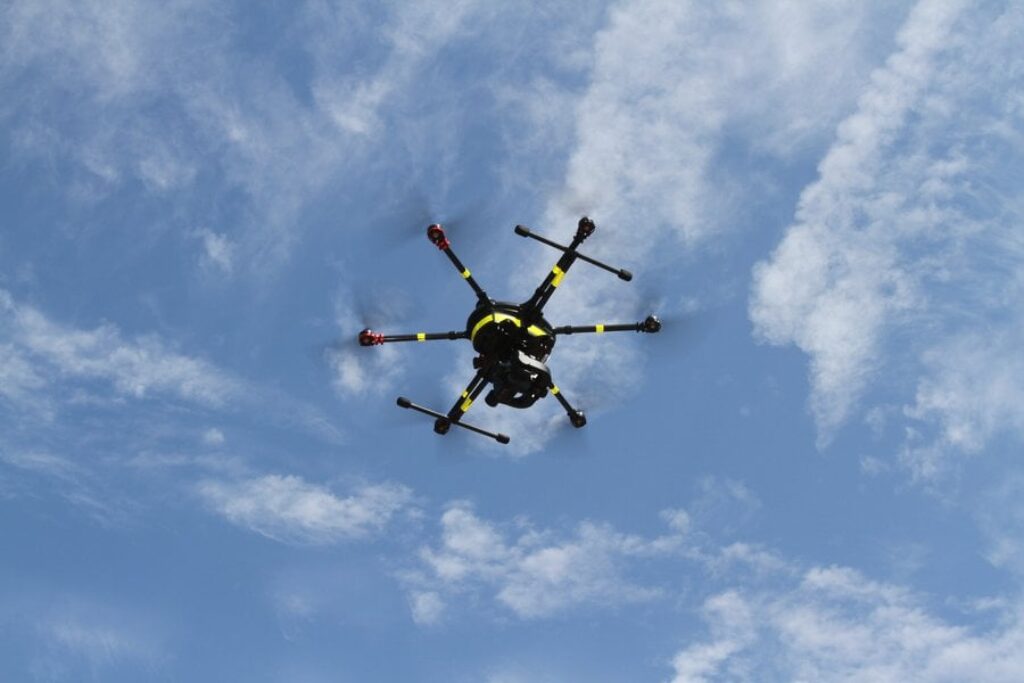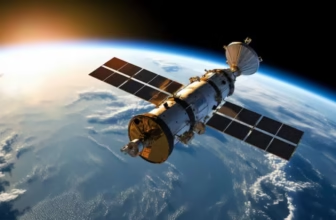
Drones in Travel: The Sky-High Revolution Transforming Exploration
Once reserved for filmmakers and tech enthusiasts, drones have become an essential tool for modern travelers. Whether capturing breathtaking aerial shots of turquoise lagoons or mapping remote hiking trails, drones are changing the way we explore and experience the world. From creative storytelling to practical applications, the drone revolution has lifted travel to new heights — quite literally.
The Rise of the Travel Drone
A decade ago, travelers relied solely on cameras, smartphones, and tripods to document their journeys. But as drone technology evolved, it introduced something entirely new: a bird’s-eye view of the world.
Compact, easy-to-fly, and more affordable than ever, drones like the DJI Mini 4 Pro, Autel Evo Nano, and Skydio 2+ have made aerial photography accessible to everyone. You no longer need to be a professional pilot or filmmaker to capture cinematic panoramas or sweeping coastline footage.

For travelers, drones are more than gadgets — they’re storytelling companions. The ability to capture destinations from above adds a layer of wonder to every journey, turning ordinary travel memories into stunning visual experiences.
Capturing the Unreachable
Drones have opened new creative frontiers by offering perspectives that were once impossible. Think of hovering above Icelandic waterfalls, gliding over desert dunes in Morocco, or circling ancient temples in Cambodia — all without setting foot in restricted or unsafe areas.
Travel photographers and content creators now use drones to create immersive travel stories. Platforms like Instagram and YouTube are filled with aerial videos that showcase landscapes in ways traditional cameras simply can’t.
Even travelers who aren’t content creators benefit. Drones help capture once-in-a-lifetime experiences — a mountaintop sunrise, a coral reef dive, or a sweeping glacier — from angles previously reserved for helicopter tours.
Drones Beyond Photography
While stunning visuals are the most obvious benefit, drones are doing much more in the travel industry.
1. Mapping and Exploration
Drones equipped with GPS and sensors are helping adventurers and researchers explore remote or uncharted regions. From mapping hiking trails to documenting wildlife movements, they provide valuable data while reducing environmental impact.
2. Safety and Rescue
In mountain trekking or adventure tourism, drones are being used for search and rescue operations. They can locate lost travelers faster, deliver emergency supplies, and even guide rescuers through difficult terrain.
3. Eco-Tourism and Conservation
Environmental groups are using drones to monitor fragile ecosystems and wildlife in national parks or marine reserves. Travelers involved in eco-tourism projects can now participate in conservation with real-time aerial data and minimal disruption to nature.
How Travelers Are Using Drones
Today’s travel drones are designed for convenience. Lightweight models can fold into a backpack and be launched within minutes. Built-in stabilizers, obstacle sensors, and automated flight modes make capturing cinematic shots effortless.
For digital nomads and travel vloggers, drones have become part of their essential gear. They enable creators to produce professional-level videos without large crews or equipment. Even casual travelers use drones to document road trips, safaris, and cultural festivals.
The result? Travel documentation has become more dynamic, creative, and personal — showing not just what travelers see, but how the world looks from above.
The Rules of the Sky
As drones become more common, travelers must also be mindful of regulations. Many countries have strict laws regarding drone usage, especially near airports, government buildings, and heritage sites.
Before flying, always:
- Check local drone regulations in your destination.
- Obtain necessary permits for commercial or aerial photography.
- Respect privacy — avoid flying over people or private properties.
- Protect nature — keep a safe distance from wildlife and sensitive habitats.
Travel-friendly apps like AirMap and B4UFLY help travelers check where it’s legal and safe to fly. Responsible drone usage ensures the technology enhances travel rather than disrupts it.
The Future of Drones in Travel
The potential of drones in travel extends far beyond photography. We’re entering an era of smart travel drones that can assist in navigation, communication, and even delivery.
Imagine ordering supplies or food to a campsite via drone delivery, or using drones as mobile Wi-Fi hotspots in remote areas. Some travel companies are already experimenting with drone tours — immersive experiences where visitors can explore destinations virtually through live drone feeds.

With advances in AI and autonomous flight, drones will soon be able to plan routes, avoid obstacles intelligently, and follow travelers seamlessly. The line between human exploration and aerial automation is blurring fast.
Final Thoughts
Drones have transformed the way we see and share the world. For travelers, they’re not just tools but gateways to new perspectives — opening our eyes to the beauty and scale of the planet in unprecedented ways.
From cinematic storytelling to conservation and safety, drones are reshaping the travel experience one flight at a time. As technology continues to advance, the skies above us are no longer the limit — they’re the beginning of a whole new way to explore.








